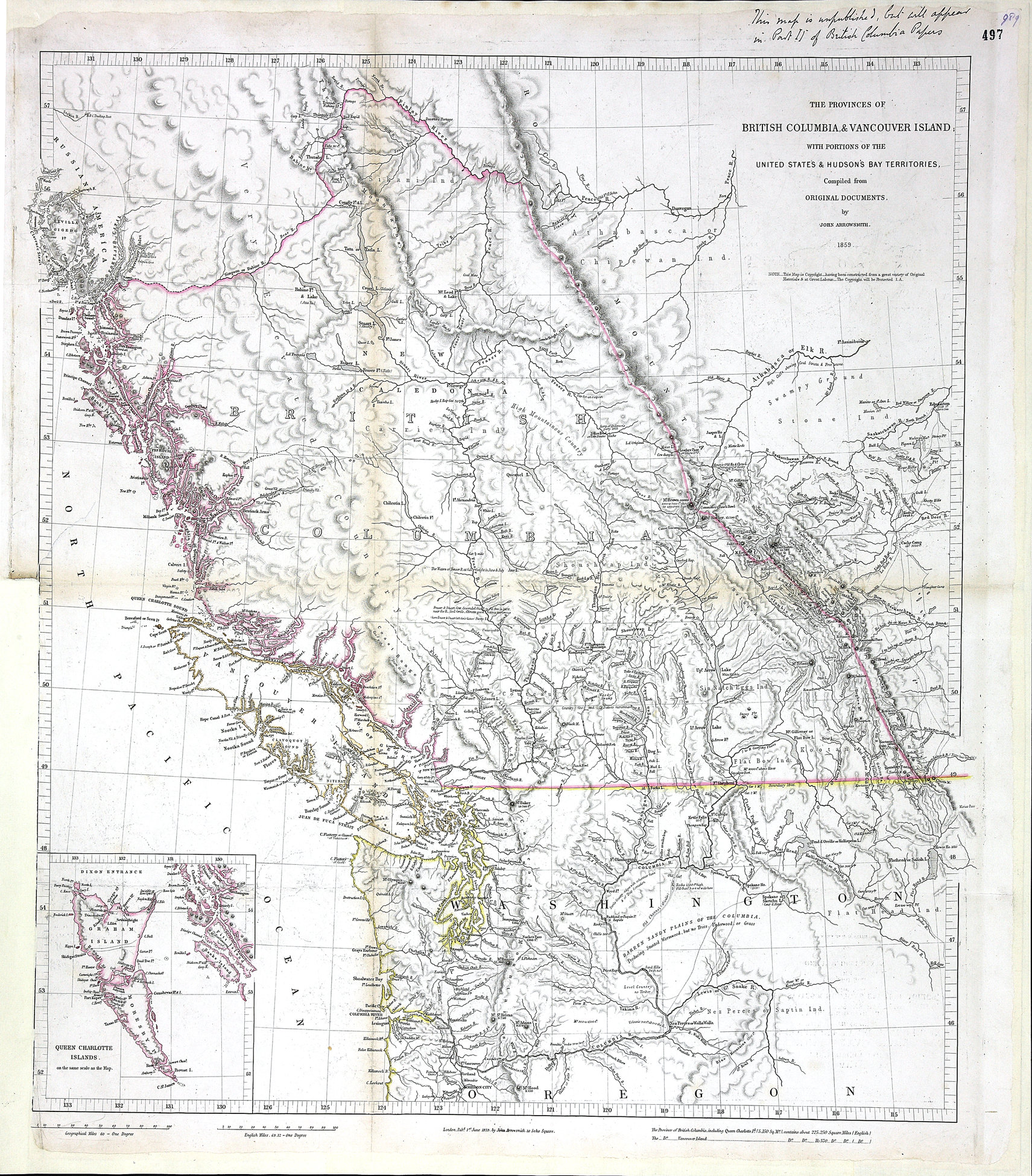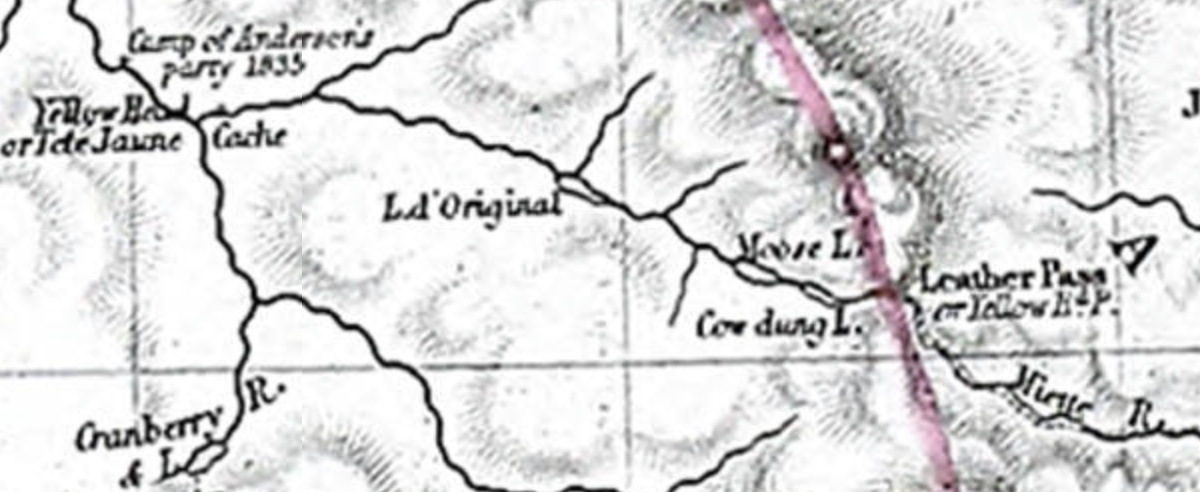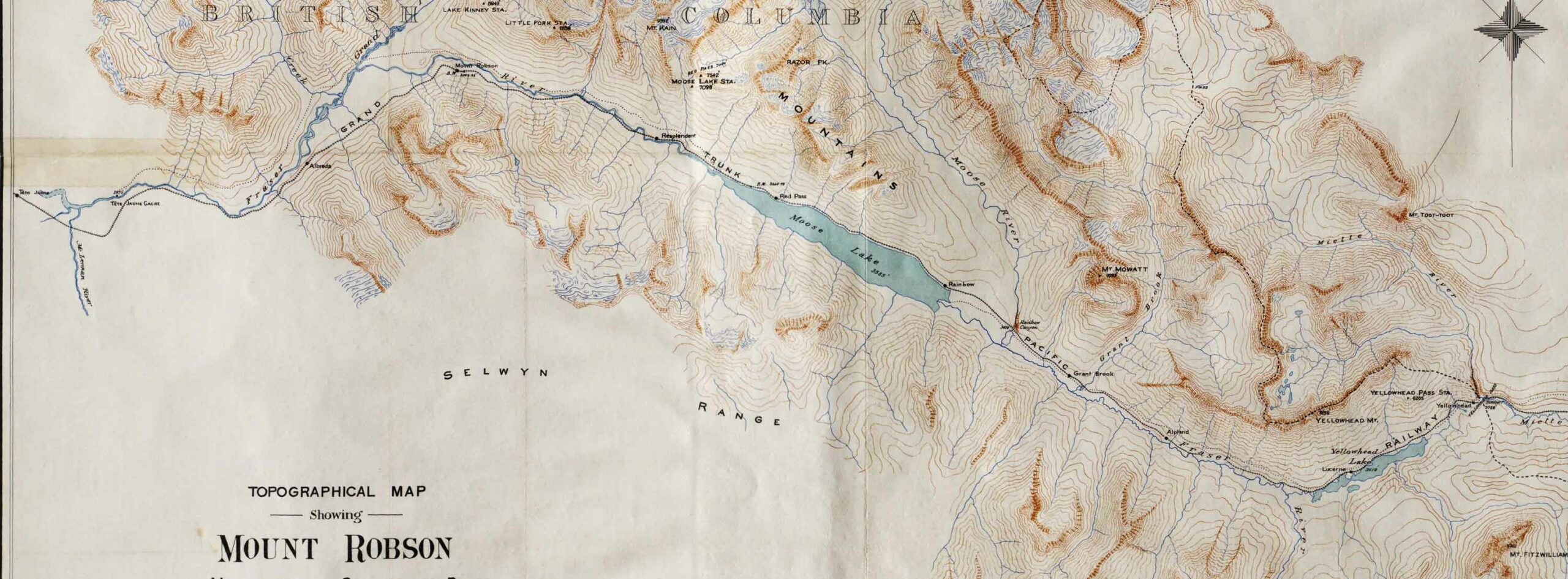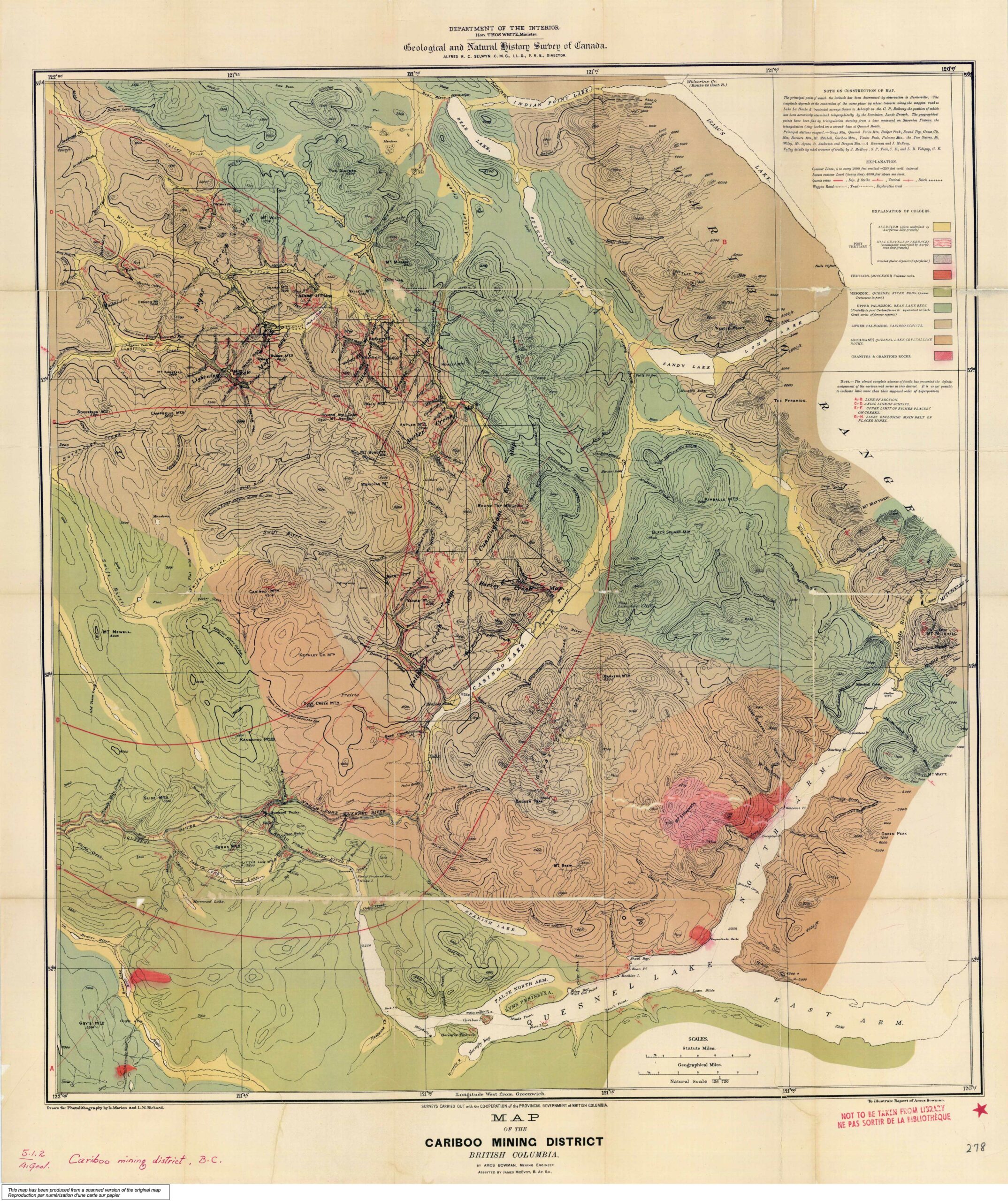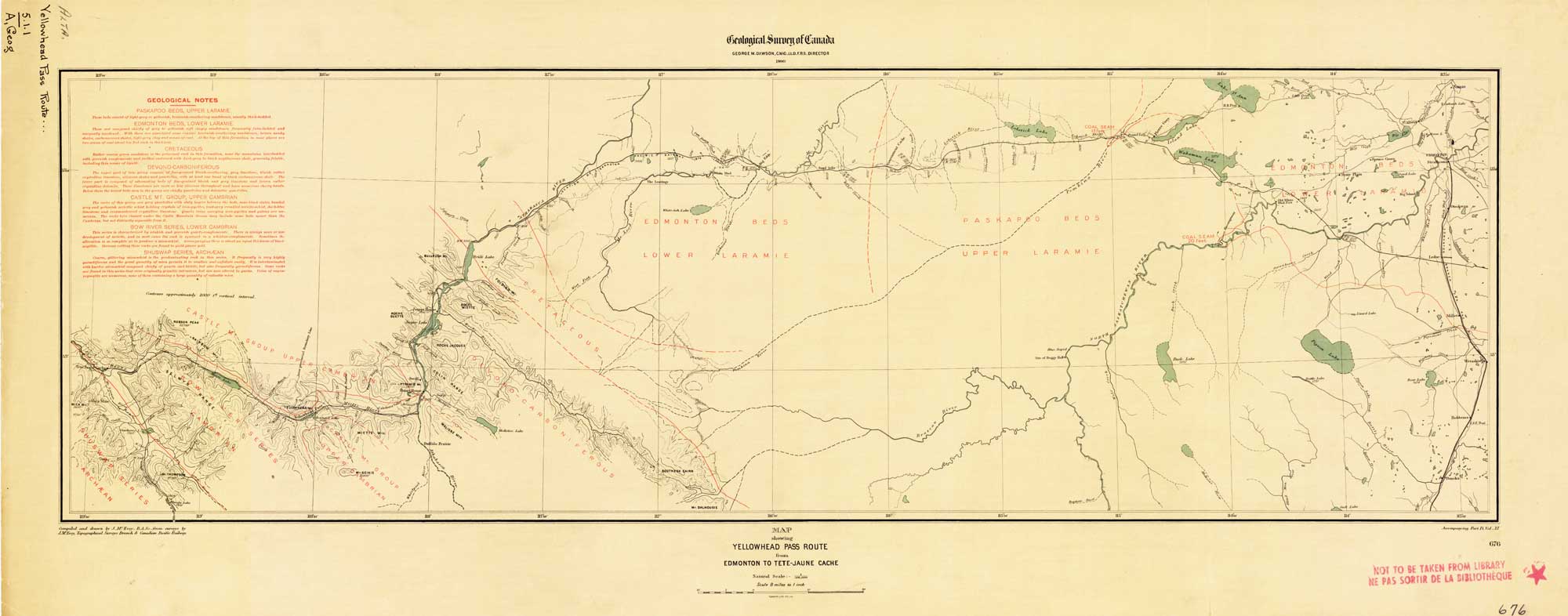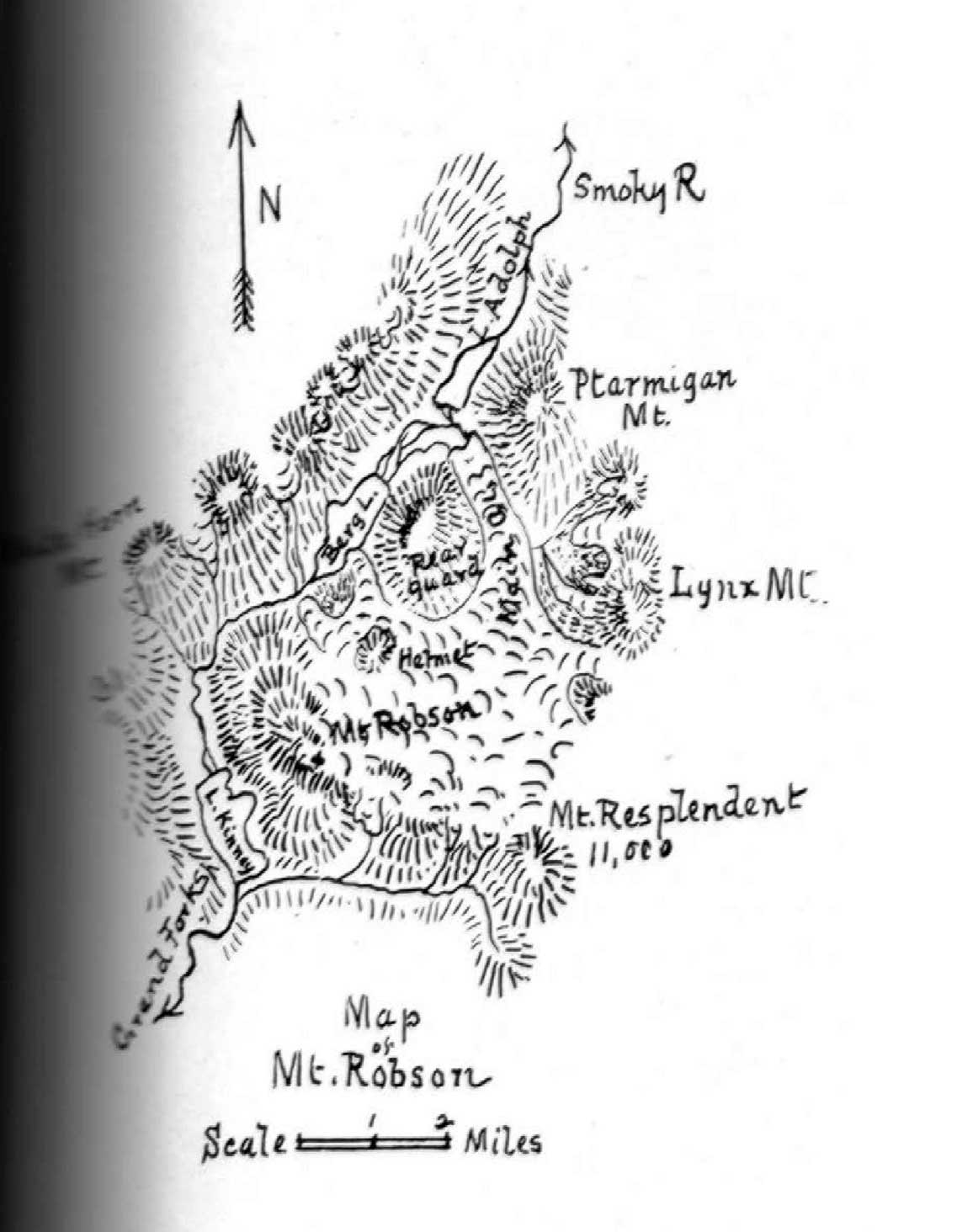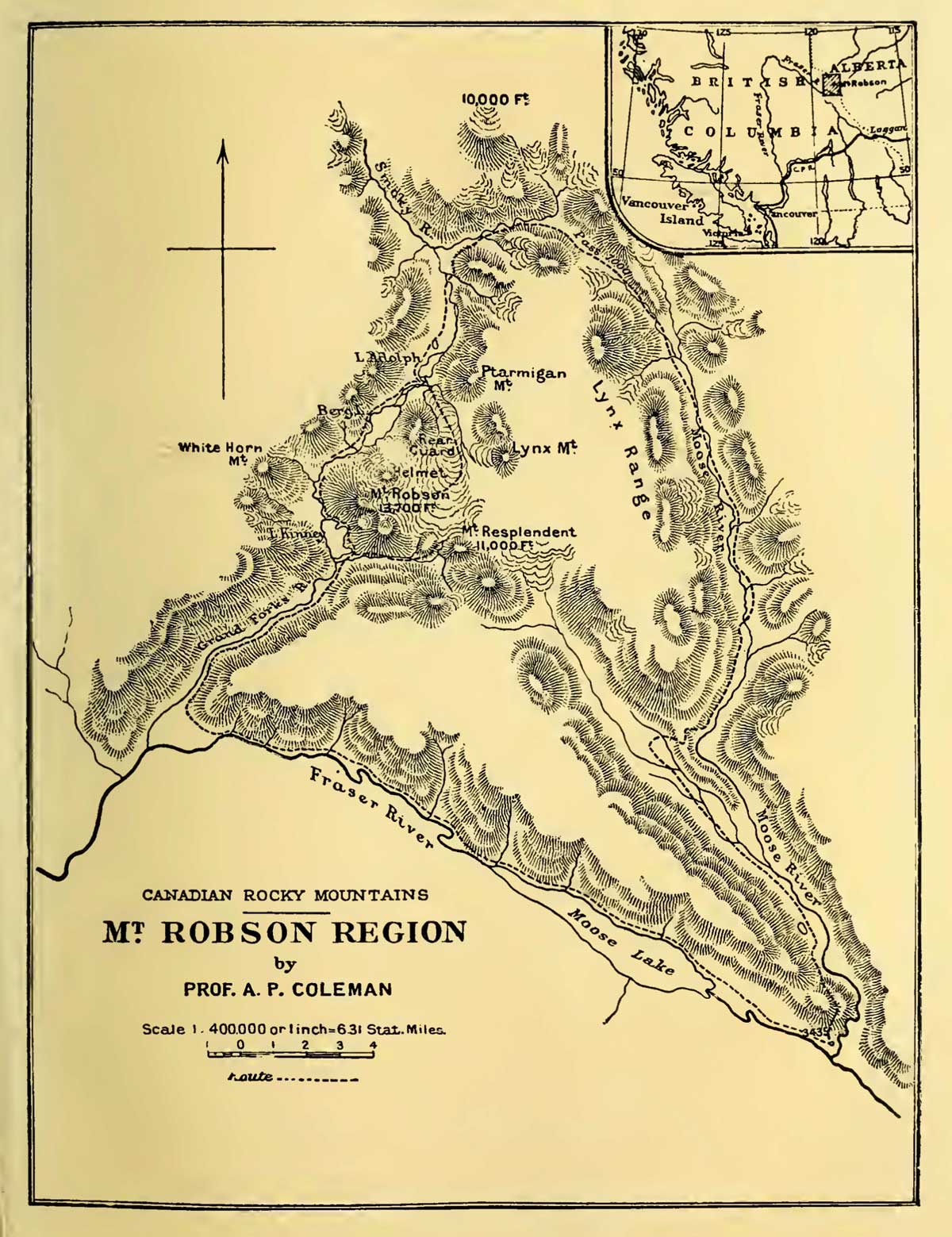South of McBride, between Castle Creek and Raush River
53.13 N 120.106 W Google — GeoHack
Earliest known reference to this name is 2021
Not currently an official name.
Not an official name.
Buried in the McBride cemetery:
Harstad, Sig 1896 – 1979
Harstad, Eva May 1914 – 1996
Harstad, Leon S. 1944 – 2008
Harstad, Robert A. 1949 – 1993
Harstad, Sheena Maree 1969 – 1970
There is an entry for Mount Sig Harstad in the Cebuano Wikipedia, where we find that “The land around Mount Sig Harstad is mostly mountainous, but immediately surrounding it are hills. The highest point in the vicinity has an elevation of 2,816 meters and is 2.6 km south of Mount Sig Harstad. Less than 2 people per square kilometer around Mount Sig Harstad. The nearest larger town is McBride, 19.4 km north of Mount Sig Harstad. The area around Mount Sig Harstad is almost completely covered in grass.”
There is also a Mount Sig Harstad page on Geonames.
- CanadaGenWeb’s Cemetery Project. 2020 CanadaGenWeb. CanadaGenWeb
